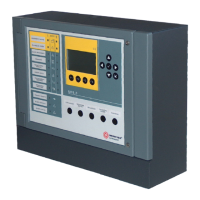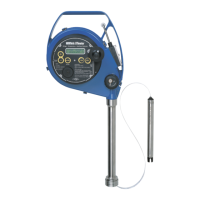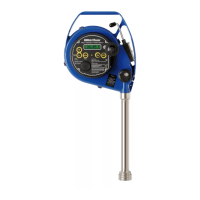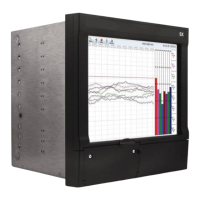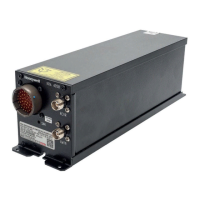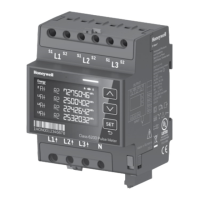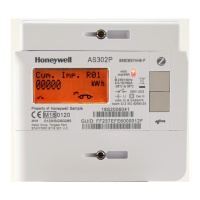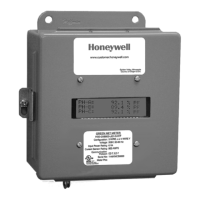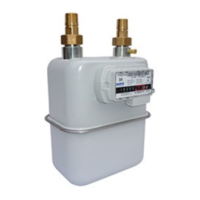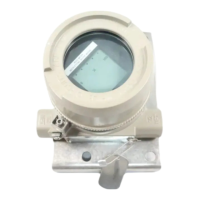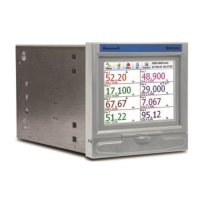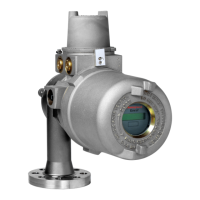IEEE 32-bit Floating Point Register Information
14 UDA2182 Communications User Guide January 09
Exponent
The exponent is defined by an unsigned 8-bit binary value (bits 23 through 30). The value of the exponent
is derived by performing a signed subtraction of 127 (decimal) from the 8-bit exponent value.
DECIMAL HEXADECIMAL BINARY
100 42C80000 01000010 11001000 00000000 00000000
Removing the sign and mantissa bits, the exponent becomes:
DECIMAL HEXADECIMAL BINARY
133 85 x1000010 1xxxxxxx xxxxxxxx xxxxxxxx
or:
1x2x x2x2x2x2x2x2
7543210
++++
02 0 0 0 1 0 1
6
Subtract a bias of 127 (decimal) from the exponent to determine its value: 133 – 127 = 6.
Mantissa and Exponent Combination
Combining the mantissa and exponent from the two previous examples:
float number = mantissa x 2
float number = 1.5625 x 2 x 64 = 100.0
exponent
6
= 15625.
Below is a list of sample float values in IEEE format:
DECIMAL HEXADECIMAL
100.0 42C80000
-100.0 C2C80000
0.5 3F000000
-1.75 BFE00000
0.0625 3D800000
1 3F800000
0 00000000
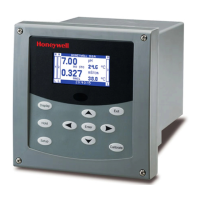
